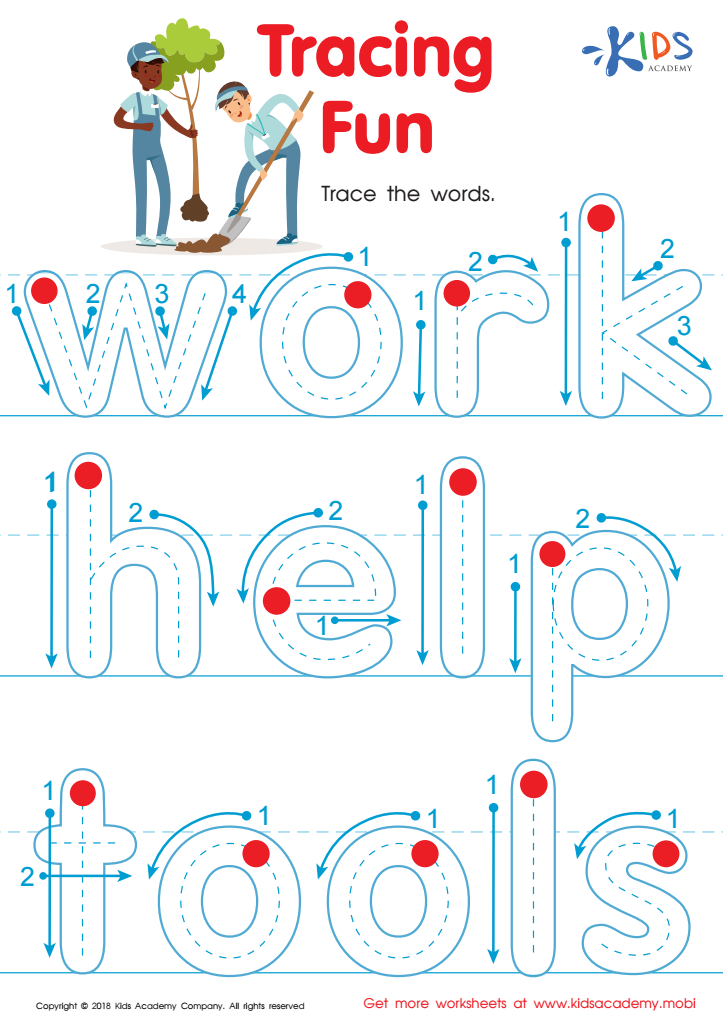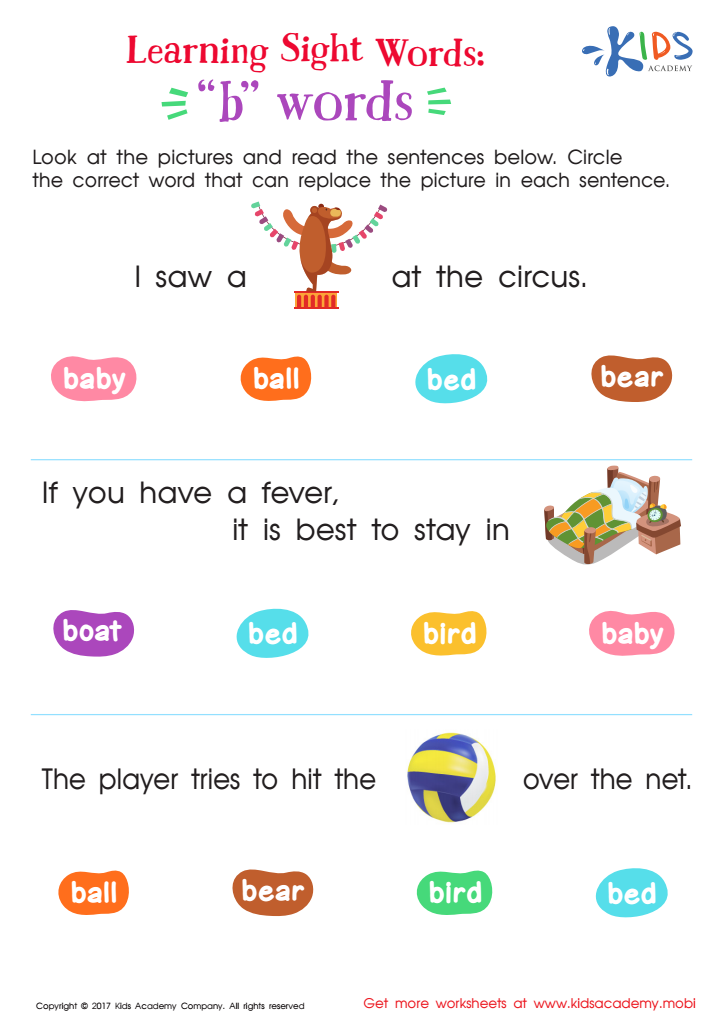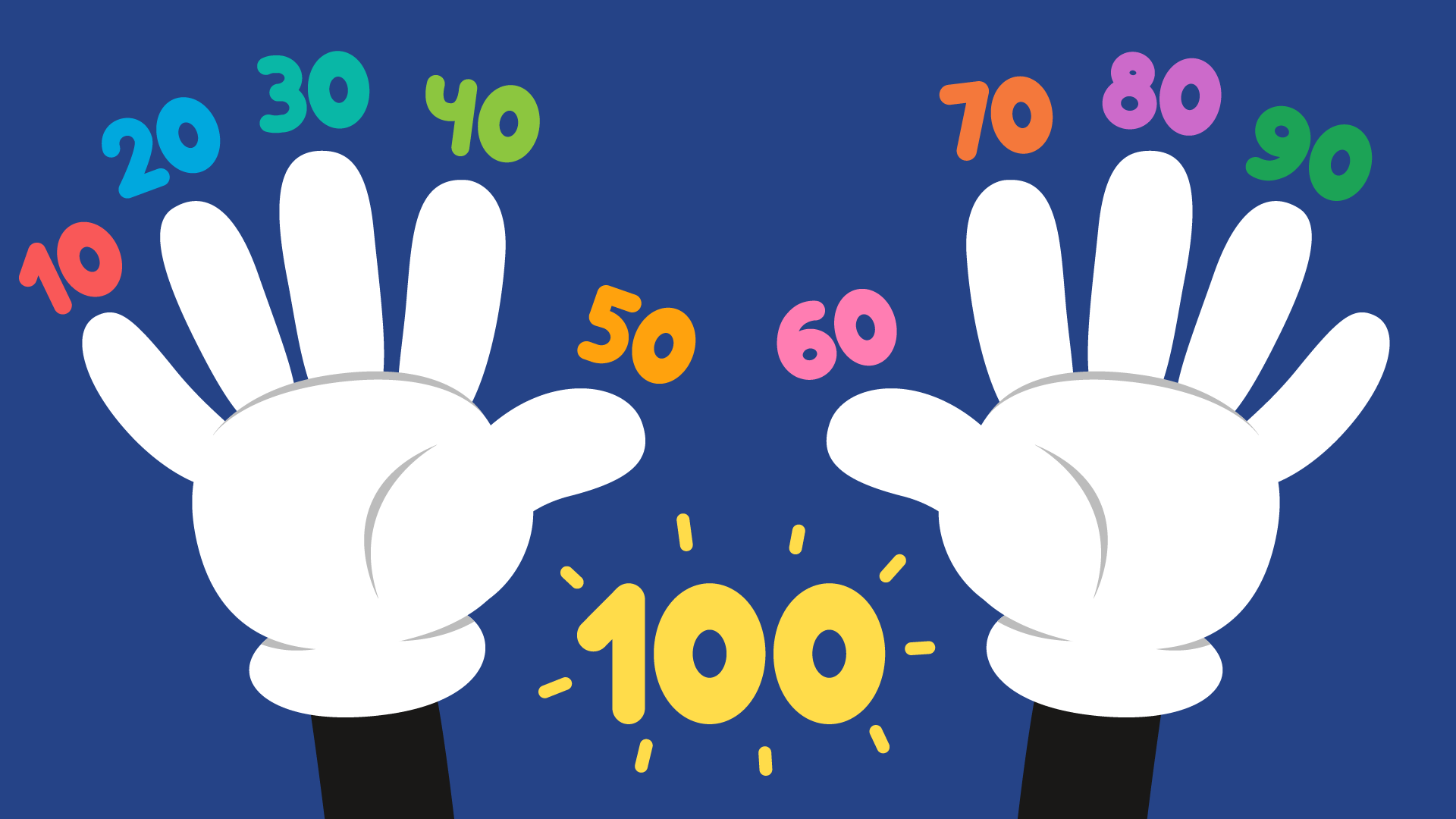Letter recognition Reading Worksheets for Ages 7-9
5 filtered results
-
From - To
Discover our engaging letter recognition reading worksheets, designed specifically for children aged 7-9! These worksheets help reinforce foundational reading skills through fun and interactive activities. Tailored to enhance letter recognition, they feature colorful illustrations and varied exercises that captivate young learners. By practicing identifying letters and their sounds, children boost their reading fluency and confidence. Our worksheets encourage independent learning, making them perfect for home or classroom use. Ideal for reinforcing literacy skills, these resources are an essential tool for parents and educators striving to nurture a love for reading in early learners. Start your child’s reading journey today!


Long and Short U Worksheet


Tracing Fun Worksheet


Baby, Boat, Bird Worksheet Sight Words Worksheet


Long and Short E Worksheet


"B" Words Printable Sight Words Worksheet
Letter recognition is crucial for children aged 7 to 9 as it forms the foundation of reading and literacy skills. At this developmental stage, children begin to transition from learning to read to reading to learn. Mastery of letter recognition allows them to decode words, which is essential for comprehension and academic success.
Parents and teachers should care about letter recognition because it significantly impacts a child’s self-confidence and motivation in learning. When children can easily recognize letters and their sounds, they are more likely to engage with texts, participate in classroom activities, and develop a love for reading. This skill promotes phonetic awareness, enabling children to sound out unfamiliar words and expand their vocabulary.
Furthermore, strong letter recognition skills correlate with improved writing abilities; children who are confident in identifying letters are more likely to express themselves effectively on paper. It also plays a vital role in standardized testing, where reading fluency and comprehension are assessed.
In essence, fostering letter recognition not only enhances literacy skills but also empowers children academically and socially. Parents and teachers are integral in supporting and reinforcing these essential skills, setting the stage for lifelong learning. The benefits extend beyond the classroom, nurturing a child's overall development and future opportunities.

 Assign to My Students
Assign to My Students





















